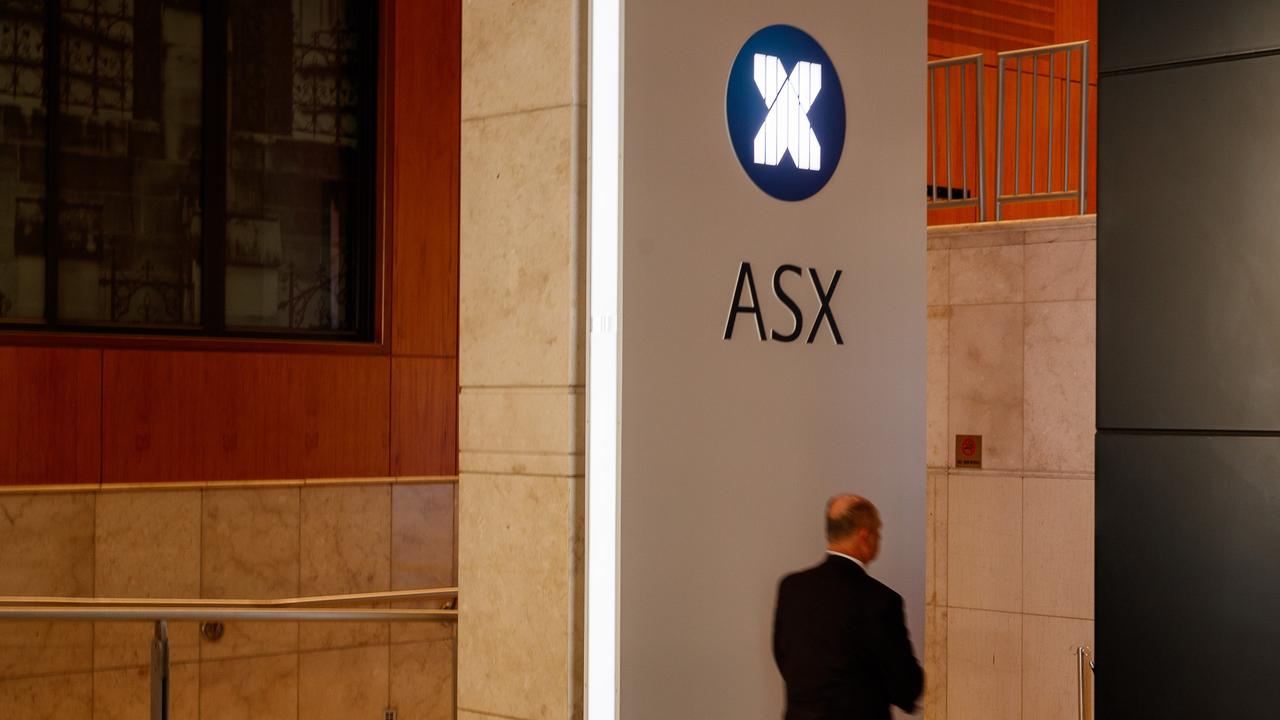Collective deals a shield for economy
Australia’s reliance on collective agreements has helped shield the economy from the wages breakouts experienced in countries such as the US.

Australia’s reliance on collective agreements has helped shield the economy from the wages breakouts experienced in countries such as the US, where the Federal Reserve appears resigned to pushing unemployment higher to rein in inflation.
JP Morgan analysis revealed industries with a high proportion of individual pay agreements – such as professional services, real estate and wholesale trade – have reported the highest boost to pay, while sectors where collective agreements dominate, including education, public administration and health, have lagged.
In Australia, 60 per cent of wage contracts are subject to some type of collective agreement, above the US with 11 per cent and Britain at 27 per cent, where high wages have made inflation more difficult to shift through higher interest rates.
JP Morgan economist Tom Kennedy said in the slow growth years before Covid, “the sector with the strongest wage growth was healthcare, in large part due to these collective agreements”.
“Collective agreements aren’t bad or good,” Mr Kennedy said. “What they do is to make it hard for sectors to respond to underlying market conditions.
“If your pay is negotiated every three years, then you are not going to see that upside during good times, but that insulates you when things are tough.”
Speaking in Washington DC, Jim Chalmers said “what’s most important when it comes to wages is that wage rises are sustainable – that wages rise in a strong and sustainable way”.
“We expect wages growth to pick up – you’ll see that in my forecasts that I release in the budget,” the Treasurer said. “We don’t expect that to have a big inflationary impact on the economy – our inflationary challenge comes from other sources.”
In July, Treasury expected wage growth to accelerate from 2.6 per cent in the year to June to 3.75 per cent in each of the next two financial years. With inflation taking time to ease from a peak of 7.75 per cent by December, workers can expect real wage cuts until 2024.
Melbourne University economics professor Jeff Borland said he was surprised that the country’s workplace settings didn’t explain more of the sluggish pick-up in pay rates.
“Even with everyone on individual agreements in every industry, we’d still be getting wage increases of about 2.5 per cent. The institutional features are causing some slight reduction in the pace of wage growth, but there’s something more general going on,” Professor Borland said.
He said it remained a conundrum that vacancy rates could be at record highs, and yet pay rises remained contained.
“Maybe it’s the fact that employers just got used to not paying wage increases. There’s uncertainty around whether we get immigration back in full that’ll take the heat out of the labour market, and employers are making a judgment to be a bit short on workers now in order not to lock in higher wages.”
While painful for workers, the slow pace of pay increases despite high inflation and the tight labour market has allowed the Reserve Bank to try to tame price growth without forcing a dramatic slowdown in the economy.
This contrasts with the US, where wage growth of 5 per cent may force the US Federal Reserve to engineer a recession to get much higher and more entrenched inflation under control.



